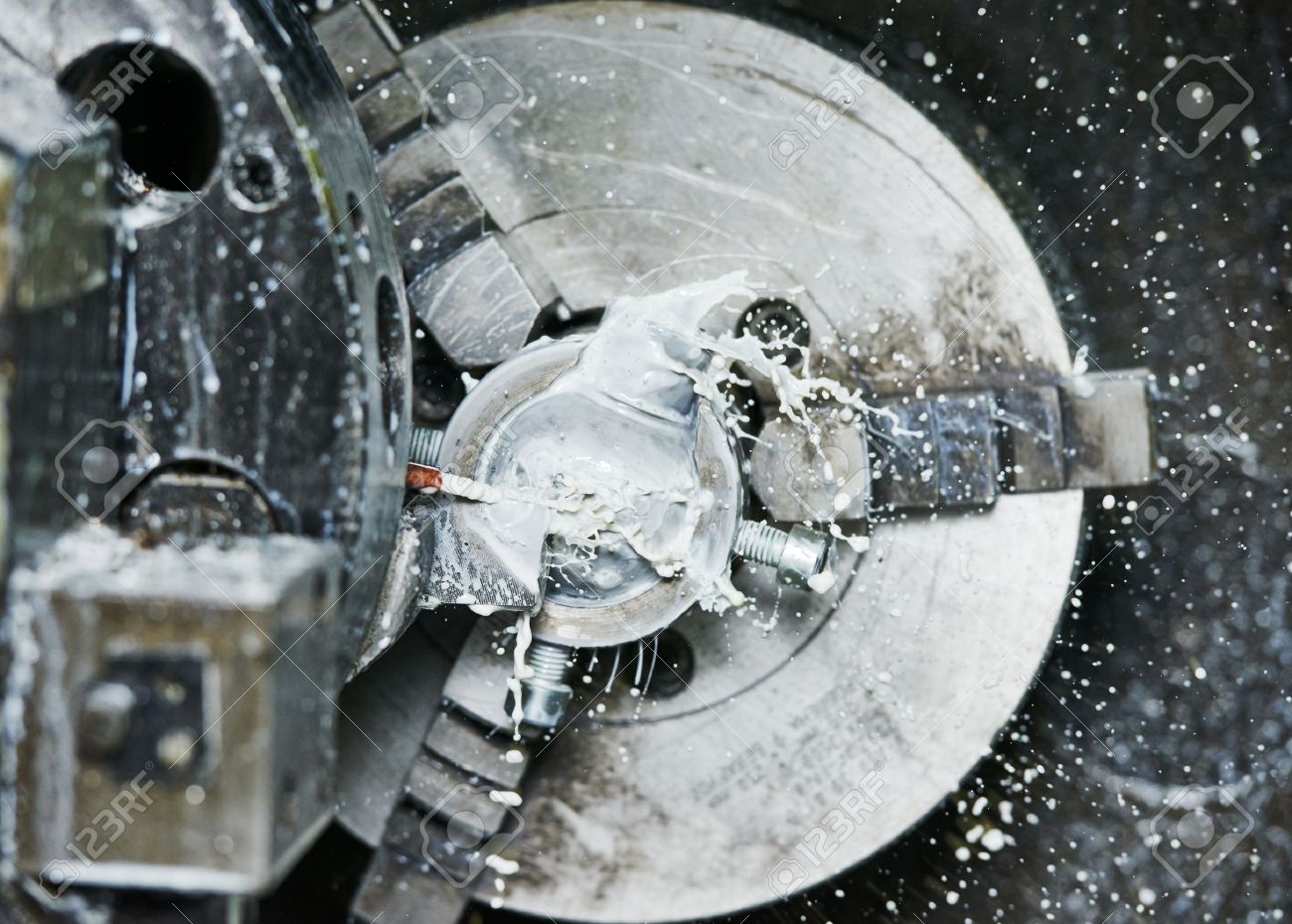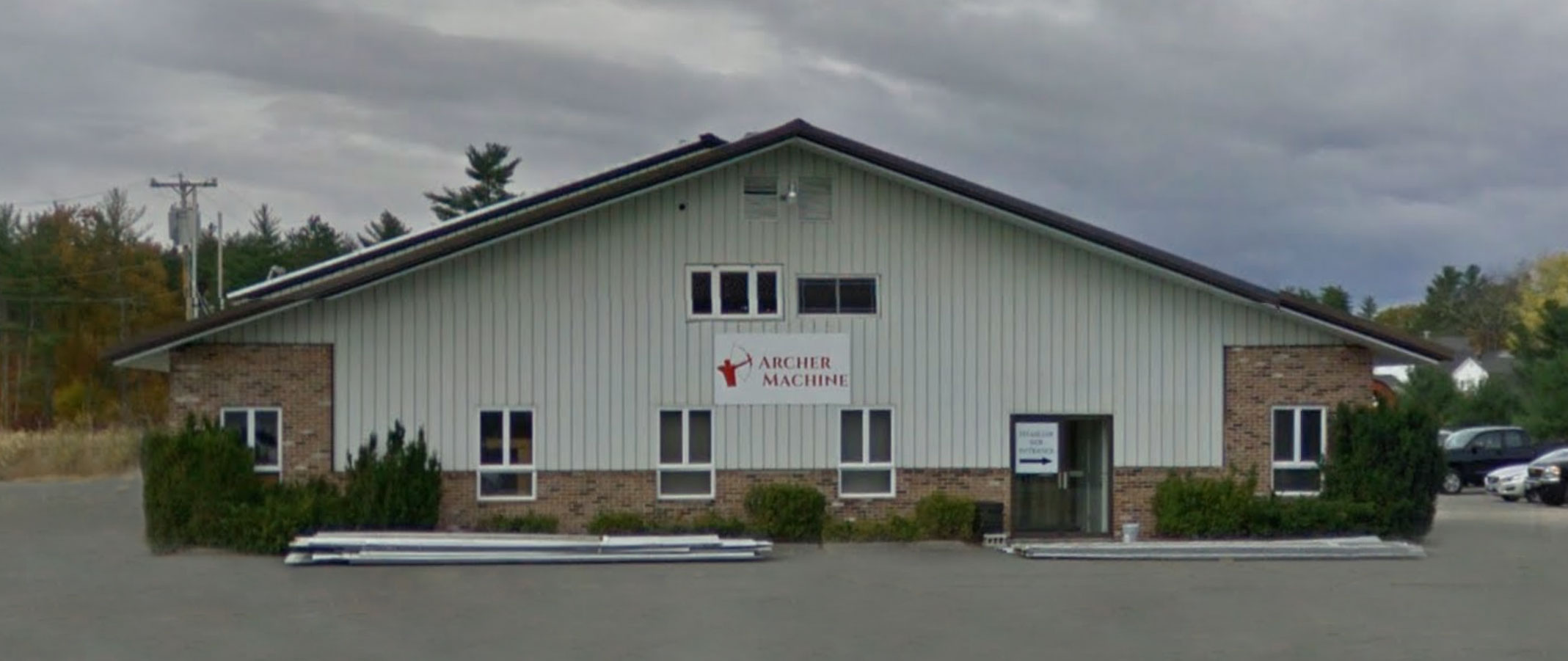Material Selection for CNC Machined Components
All machined components have material requirements. Sometimes customers have flexibility in the exact material specified. One of the things we do a good job of here is provide insight into what the cost drivers are on a quote if we are asked to give feedback. This is a win win way to lower purchase price costs as the conversation may point to a sourcing hurdle that's easy to overcome. A common example is that a print calls out a round bar material spec for a finished piece that will end up being round, this makes all the sense in the world unless the alloy is much more readily available in plate form than bar. Aluminum is a great example of this. If the part ends up being round but has a good diameter, 4" and up, but is relatively thin, 2.00" or less, there is a good bet it can be made most cheaply with plate as opposed to round bar as bar has a much higher cost per pound than plate, even considering the material loss.
Mild steel is another example. The print may call out a specification detailing round bar, but if the diameter is upwards of 3" and thickness less than 1.5" there is a good bet a steel plate burnout would be more cost effective at a quantity threshold.
In terms of strength requirements, heat treatment can be a very inexpensive way to increase material strength as opposed to specifying a more exotic alloy that has the same property in its raw state.
These are options that we can bring up at the quote stage and offer if asked to. Some customers appreciate the dialog and let their engineering decide suitability of alternatives, others find the time cost to go to engineering doesn't warrant the potential savings. Both avenues are completely understood, the takeaway is that we are transparent with costs and will work with you in terms of suggestions for manufacturability and sourceability.
Posted on Sunday, May 14, 2017


